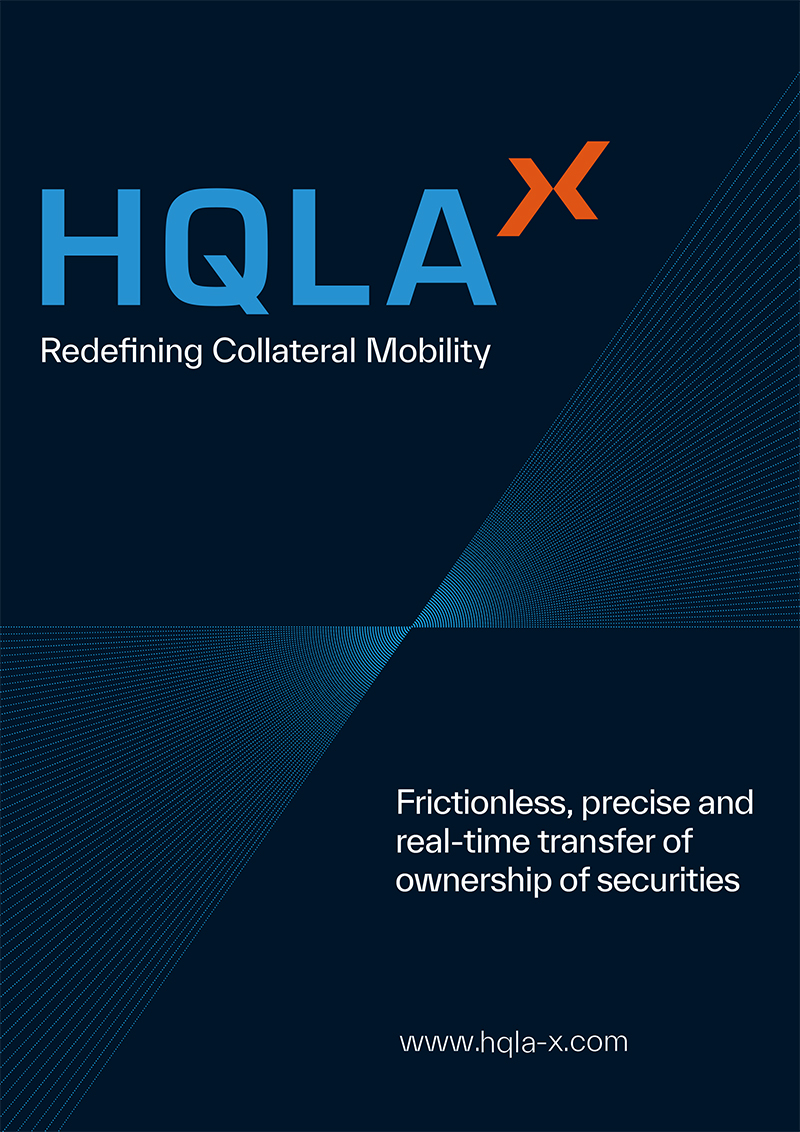Shadow banking growth slows in Q4
01 June 2017 Frankfurt
 Image: Shutterstock
Image: Shutterstock
The value of EU shadow banking slowed significantly in Q4 2016, according to the European Systemic Risk Board’s latest review of the sector.
The annual growth rate of the broad measure of shadow banking dropped to 2.6 percent in final quarter of 2016, compared to an average annual growth rate of 8.3 percent between 2012 and 2015.
According to the European Systemic Risk Board, the drop off can be attributed to both a slowdown in asset valuations and net transactions.
The broad measure of shadow banking in the EU has expanded by 30 percent since 2012.
By contrast, total assets of credit institutions in the EU declined by 6 percent between 2012 2016.
The euro area’s shadow banking sector accounted for €31 trillion in total assets at the end of Q4 2016, meaning it expanded faster than at the EU level at an annual rate of 4.2 percent.
This compares with an average annual growth rate of 10.2 percent between 2012 and 2015, representing an almost 40 percent expansion between 2012 and 2016.
As part of its risk review of the sector, the report focused on four key risks that it highlighted as being worthy of monitoring closely.
The first was liquidity risk and risks associated with leverage among some types of investment funds, such as those which invest in less liquid markets while offering daily redeemable shares or which are highly leveraged.
Second, the report highlighted interconnectedness and contagion risk across sectors and within the shadow banking system, including domestic and cross-border linkages.
Third was procyclicality, leverage, and liquidity risk created through the use of derivatives and securities financing transactions.
Finally, vulnerabilities in some parts of the other financial institutions sector, where significant data gaps prevent a definitive risk assessment, were considered a key risk.
The report also noted that the data gathered through the reporting requirements of the Securities Financing Transactions Regulation will provide greater insight into some of these opaque areas.
The annual growth rate of the broad measure of shadow banking dropped to 2.6 percent in final quarter of 2016, compared to an average annual growth rate of 8.3 percent between 2012 and 2015.
According to the European Systemic Risk Board, the drop off can be attributed to both a slowdown in asset valuations and net transactions.
The broad measure of shadow banking in the EU has expanded by 30 percent since 2012.
By contrast, total assets of credit institutions in the EU declined by 6 percent between 2012 2016.
The euro area’s shadow banking sector accounted for €31 trillion in total assets at the end of Q4 2016, meaning it expanded faster than at the EU level at an annual rate of 4.2 percent.
This compares with an average annual growth rate of 10.2 percent between 2012 and 2015, representing an almost 40 percent expansion between 2012 and 2016.
As part of its risk review of the sector, the report focused on four key risks that it highlighted as being worthy of monitoring closely.
The first was liquidity risk and risks associated with leverage among some types of investment funds, such as those which invest in less liquid markets while offering daily redeemable shares or which are highly leveraged.
Second, the report highlighted interconnectedness and contagion risk across sectors and within the shadow banking system, including domestic and cross-border linkages.
Third was procyclicality, leverage, and liquidity risk created through the use of derivatives and securities financing transactions.
Finally, vulnerabilities in some parts of the other financial institutions sector, where significant data gaps prevent a definitive risk assessment, were considered a key risk.
The report also noted that the data gathered through the reporting requirements of the Securities Financing Transactions Regulation will provide greater insight into some of these opaque areas.
NO FEE, NO RISK
100% ON RETURNS If you invest in only one securities finance news source this year, make sure it is your free subscription to Securities Finance Times
100% ON RETURNS If you invest in only one securities finance news source this year, make sure it is your free subscription to Securities Finance Times



